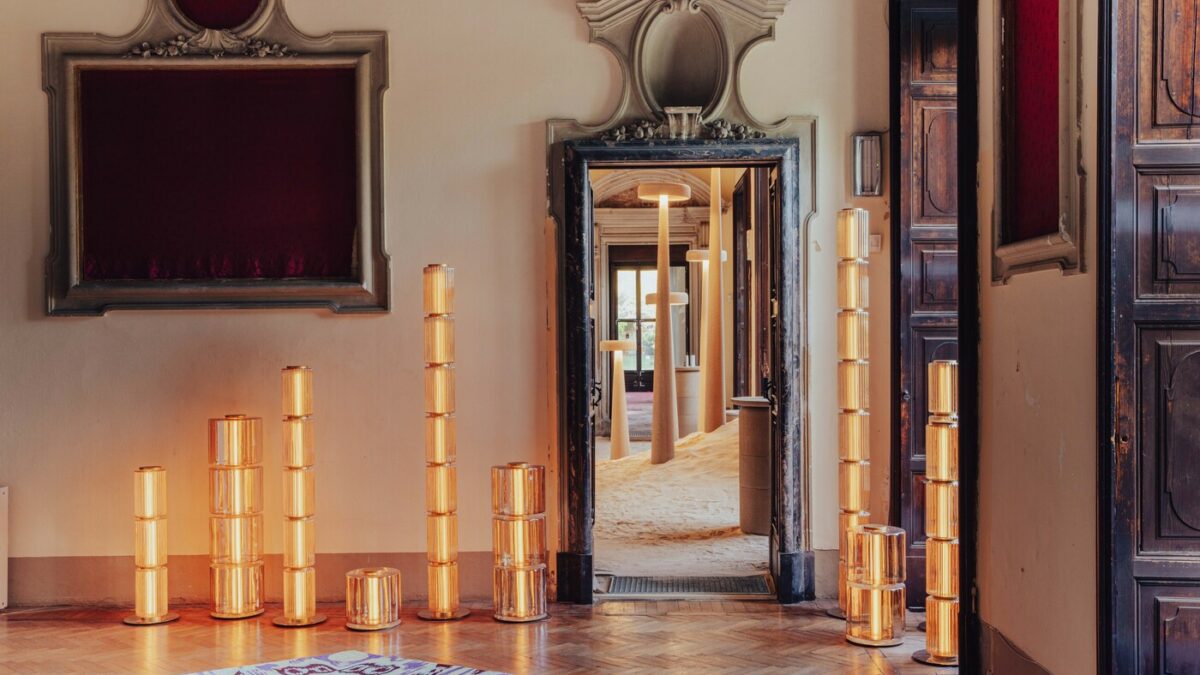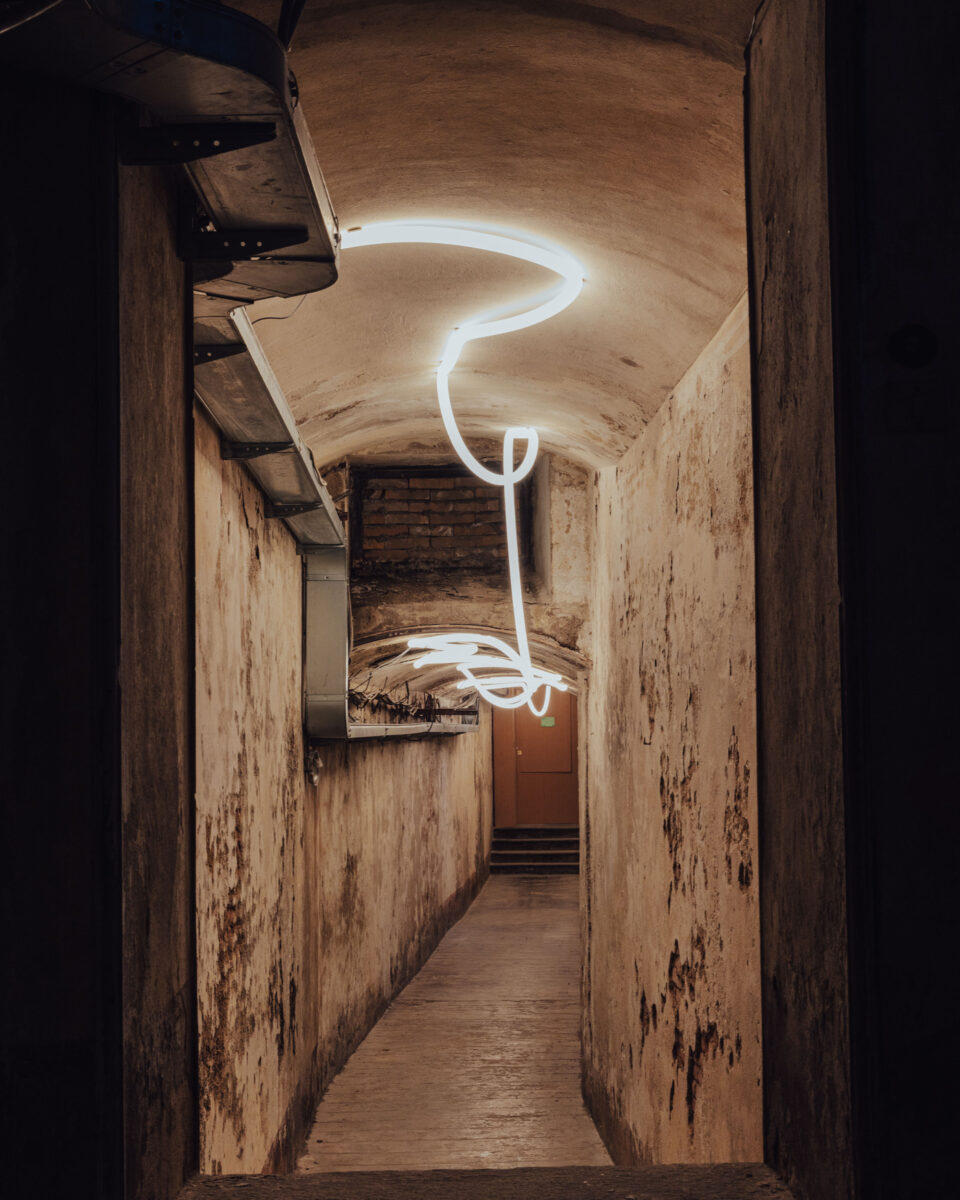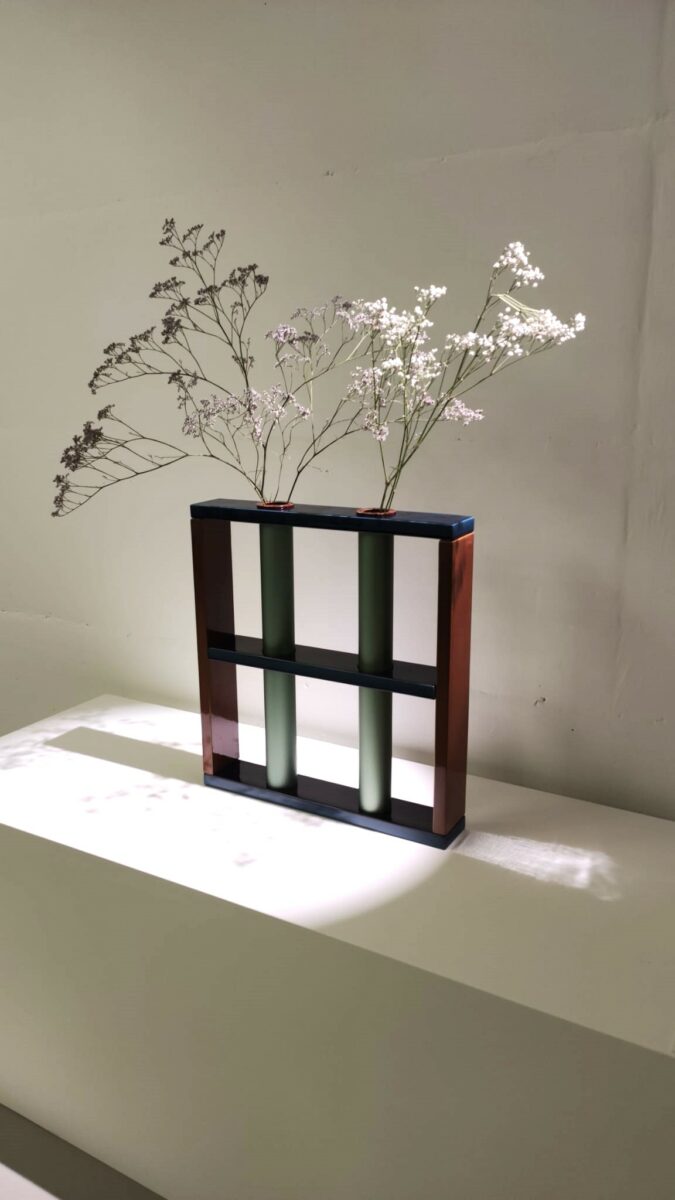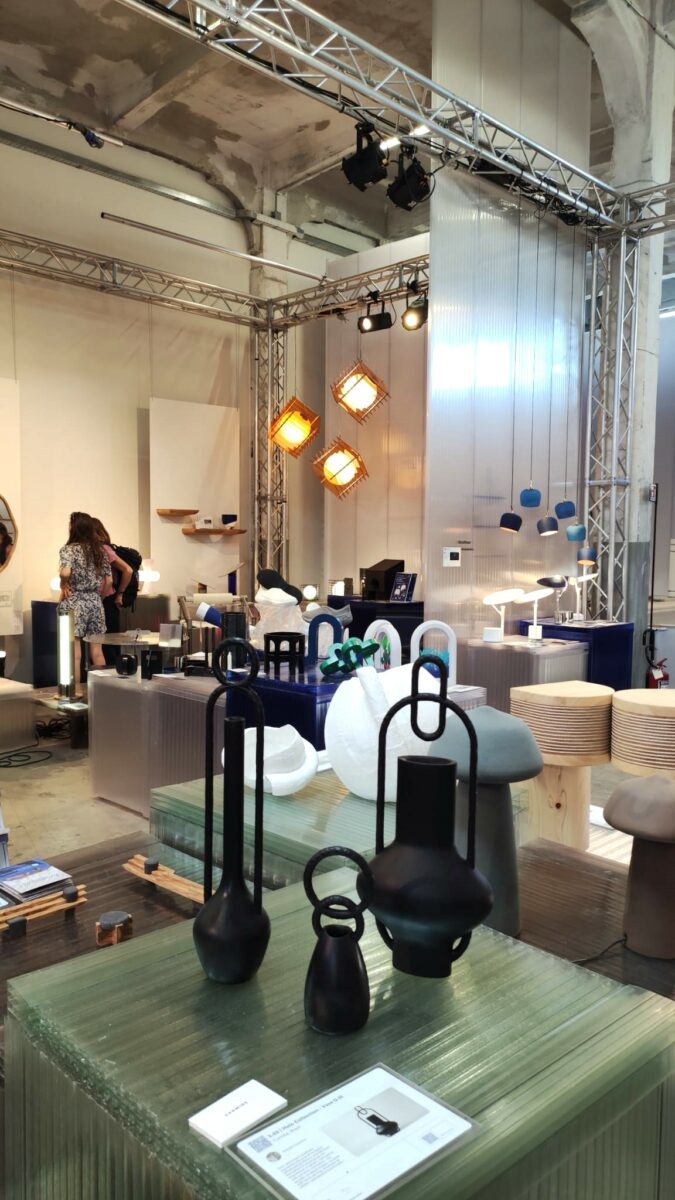
MILANO DESIGN WEEK 2024, a brief analysis
As with the 2023 edition, Wevux concludes this Milano Design Week 2024 with a brief analysis and a few questions. What does this year’s design week tell us and what themes emerge? What will be waiting for us in 2025? (Cover image A-N-D, Alcova, ph. Piergiorgio Sorgetti)
c


c
Confusion over sustainability
Compared to previous years, some projects of the Milan Design Week 2024 pay more attention to issues of environmental impact and social responsibility. Despite this positive aspect, however, there are still some contradictions:
- Gadgets and tote bags become collector’s items. How many flyers, posters and communication material was printed and produced this week?
- There are still few projects that talk about the product life cycle, the management of production waste and energy. A few more than last year, but still not enough.
- Point 2 brings us to another topic: transparency. It is not enough to use recycled plastic (again) or to create new materials, just as it is not enough to say ‘it is designed to last’. How are these solutions recycled? How much energy will it take to dispose of certain products and materials? It is time for design to start considering the whole life cycle of a project.
- Exhibits are once again reusable, but what happens to them? How many companies and designers really succeed in demonstrating the reuse of their fittings?
New materials
This year almost every location has a selection of samples and new materials. While this is a very positive aspect in terms of spreading a greater awareness of these projects, there are still some reflections to be made:
- The real challenge now is whether and how to apply these samples to industrial production – fortunately some brands and designers are making some progress, we will talk about this in depth next week.
- What is the point of creating a material from waste if the material itself becomes a problem the moment it has to be discarded?
- Assuming that a new material can last ‘forever’, why is it used to create sculptures and decorative objects instead of useful applications that must endure?
(continue)
c


c
Design but also art and fashion
As in the last few years, the presence of the big fashion brands – and the wow effect – is now taken for granted (Bottega Veneta, Prada, Gucci, Balenciaga, Moncler, Loro Piana, Zegna, Dolce&Gabbana, Miu Miu, to name a few), this year the real protagonists were art and collectible pieces – not to mention the overlapping of openings on the Miart weekend and the one of Venice Biennale during the Milan event. As previously mentioned, collectible design was born out of a commercial necessity and could help give new meaning to the word craftsmanship, perhaps the only problem is seeing so many artists/designers focusing on their own production without doing research, inevitably leading to collections and limited series that are similar (if not identical) to other existing products.
Venues and accessibility
Further and further afield, this seems to be the claim of some districts and events that prefer to leave the centre to explore new areas of Milan and its province. This tendency, combined with the endless queues, which are increasingly present even midweek, makes it very complex to find the time to see the projects and explore them in depth.
Added to this is the ever-increasing price of exhibition spaces: as we have recounted here, every year, for the same services, presenting one’s project at Milano Design Week is increasingly expensive, and this brings a problem of accessibility for young designers and small brands. Quoting a reflection by Margriet Vollenberg (Ventura Lambrate) on MDW a few years ago – still relevant today: how do I guarantee small and medium-sized companies the visibility of a big brand? Similarly, how do I diversify the offer of what I exhibit?
c


